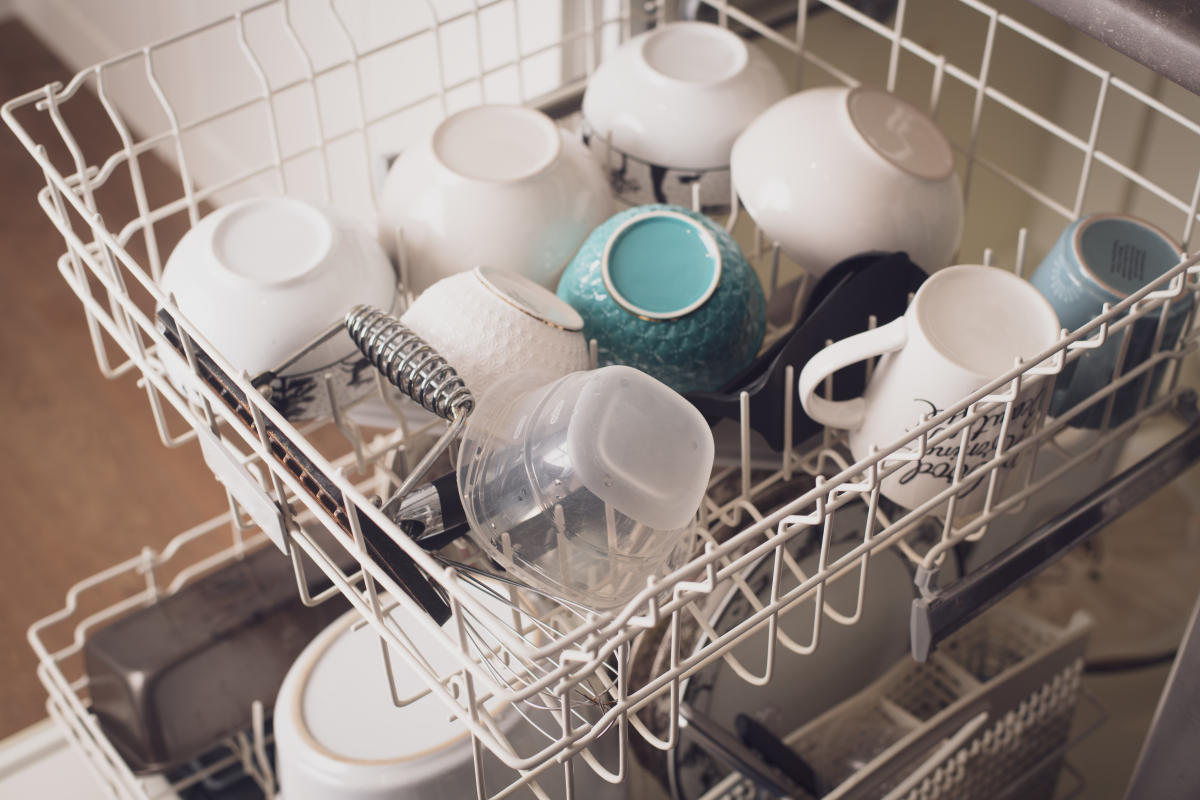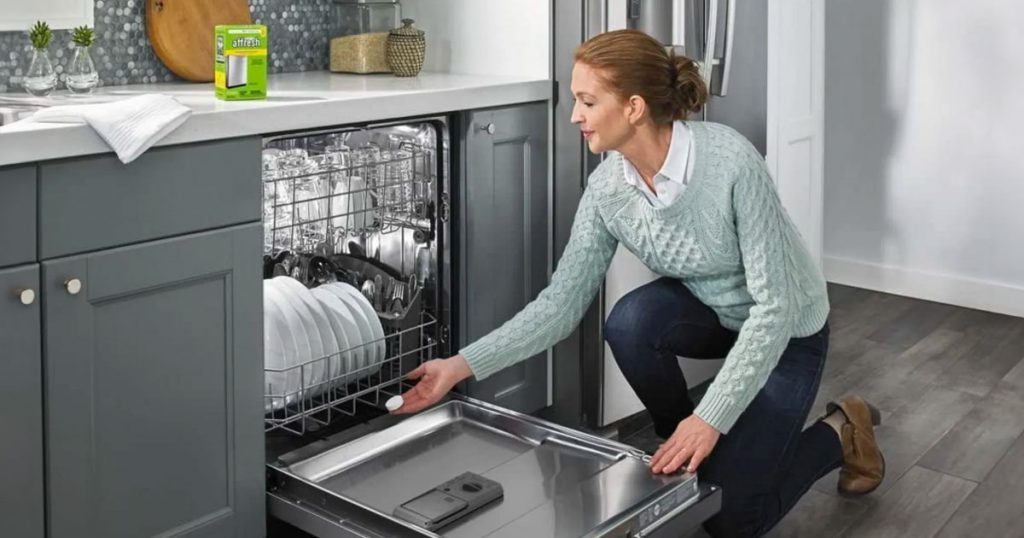Having a dishwasher at home has many advantages, the biggest being that it saves you from the chore of handwashing a mountain of dishes, which is particularly handy when you have a large family or lots of guests over. But beyond just reducing your workload, dishwashers also sanitize your dishes by using hot water, ensuring they’re germ-free, and their efficient washing cycles effectively remove tough stains and tricky-to-clean spots, providing even more benefits. But if you don’t know how to use a dishwasher, our tips below will get you started.
How do you use a dishwasher as a first-timer?
If you’re unsure about putting bowls in your dishwasher or have other questions about using it, we’ve got the answers for you. Let’s say you just got a new dishwasher and you’re using it for the first time. Below are things you need to do to make sure it works right.
Understand the manual
The manual that comes with your dishwasher will tell you what detergent works best. There are different choices for how to use a dishwasher, and you might also need a rinse aid along with your detergent.
What is a rinse aid?
Rinse aid makes your dishwasher’s drying cycle work better. It’s a liquid that’s added automatically during rinsing. It helps make your dishes cleaner and prevents streaks.
Types of Detergent
- Single-dose packs: These are like little packets or tabs that give you the right amount of detergent every time, so it’s easy.
- Gels: They’re the cheapest choice, not as strong as single-dose, but still good.
- Powders: They clean well but can be annoying to measure out every time you run the dishwasher.
Scrape off any extra food and bits of debris from your plates
Before putting your dishes in the dishwasher, remember to scrape off any leftover food or residue from your plates. Simply putting dishes in with leftovers won’t clean them well. So, rinse off the bigger bits of food under the sink or throw them in the trash. Your dishes don’t need to be spotless, just make sure the larger pieces are gone so they can be cleaned properly and you don’t clog your dishwasher.
Know how to properly load the dishwasher
After getting rid of the food bits and other stuff from your dishes, start putting them in your dishwasher. Your drinking cups, mugs, and delicate stuff like glasses should go on the top rack, flipped upside down. The bottom rack is for your pots, pans, bowls, plates, and plastic items. Also, keep your silverware and stainless steel things separate to avoid damage from chemical reactions. Put utensils in the utensil basket, making sure sharp items like knives face down and nothing blocks the wash arms.

Add the right amount of detergent
After you’ve put your dishes in the dishwasher, it’s time to add detergent. Just follow the instructions on the detergent package to know how much to use. If you use too little, your dishes might not get clean enough, but if you use too much, they might end up soapy and sticky.
Select the proper wash cycle mode and run your dishwasher
Dishwashers have different wash cycles you can pick depending on what your dishes need. If you’re cleaning regular dishes you eat every day, go for the normal cycle. But if your dishes are really dirty from cooking or baking, try the heavy wash cycle.
Leave your dishes to dry or use the dishwasher’s dry cycle
After your dishes finish washing, you can start the dry cycle to get rid of the extra water. But if you want to save on electricity and you’re not using the dishes right away, you can just skip this and let them air dry.
Clean your dishwasher thoroughly
Lastly, remember to clean your dishwasher when it needs it. You can use soap and a brush or sponge to clean the outside. For the inside parts, like racks and trays, you can wash them in the sink. Check for any food bits stuck in there and get rid of them. If you’re not sure which part is which, check your dishwasher instructions. Then, wipe the inside with a paper towel or cloth. If you want, you can also put a cup of vinegar in the dishwasher and run a quick wash cycle to get rid of any bad smells.
What are dishwasher-safe items?
Remember, it’s wise to check for specific instructions from the manufacturer, usually printed on the item itself, to be sure about its dishwasher compatibility. Below is some general information about dishwasher-safe and non-dishwasher safe items:
Dishwasher Safe:
- Ceramic dishes
- Everyday China
- Drinking glasses
- Sturdy wine glasses
- Stainless steel items
- Tough plastic items
- Silicone and metal utensils
Not Dishwasher Safe:
- Thin plastic items
- Antique China
- Cast iron, non-stick, and copper cookware
- Knives
- Wooden items
- Crystal glassware
- Insulated mugs

Follow Our Tips to Learn How You Can Effectively Work a Dishwasher
Ready to make the most of your dishwasher? From understanding the manual to properly loading your dishes and selecting the right wash cycle, these simple steps will guide you through the process. Don’t forget to check which items are dishwasher safe to ensure a smooth and efficient cleaning experience. Simplify your dishwashing routine and enjoy sparkling, clean dishes with ease!

